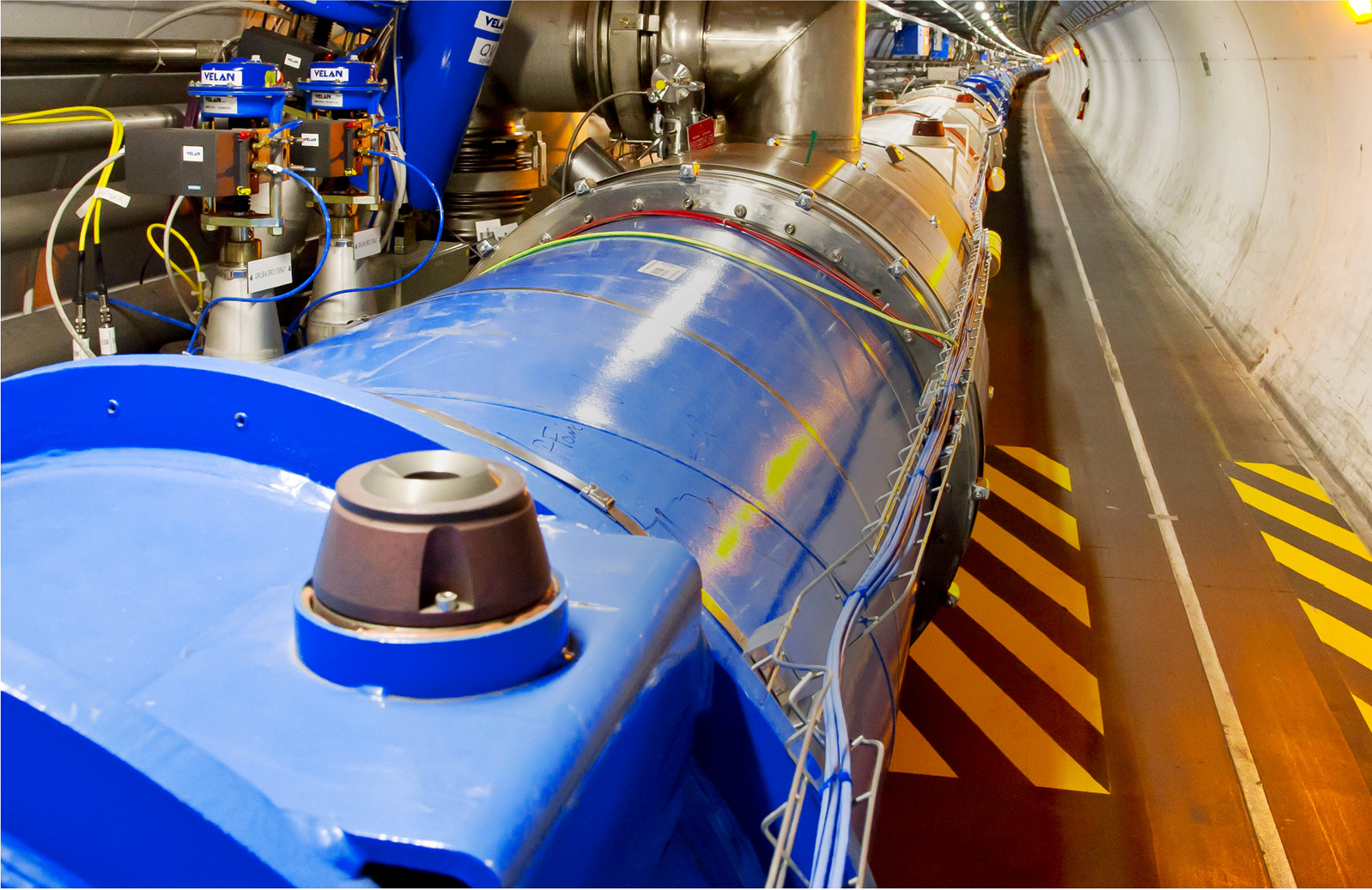
Cosmic rays monitors found out that radiation levels in the Earth's atmosphere both at ballon altitude and on ground have been increasing by 13% over the last four years. This is mainly caused by the lowest solar minimum of the Space Age.
The Sun solar activity typically undergoes a 11-year cycle. This is identified by the number of Sunspots appearing on the Sun surface (dark spots). These Sunspots finally disappear by solar flare emission. This is a burst of highly charged particles emitted from the Sun into the solar system and which could reach up to the Earth. During a solar minimum, the number of Sunspots is reduced to a minimum. But this doesn't mean the radiative field reaching Earth is more modest. Galactic cosmic rays coming from the depths of the Milky Way can indeed profit from the Sun smaller activity to penetrate deeply into the inner solar system. It is the Sun's magnetosphere that moderates the galactic cosmic rays flux. With such low solar activity, even the magnetosphere has weakened, resulting in a higher than ever flux of cosmic rays reaching at Earth.
These cosmic rays can affect satellite reliability. But not only. Once cosmic rays get to the atmosphere, they interact with atomic nuclei creating a cascade effect which mainly result in a shower of neutrons. These neutrons are quite threatening also for aviation electronics and for ground applications.
ESR15 - Andrea Coronetti




